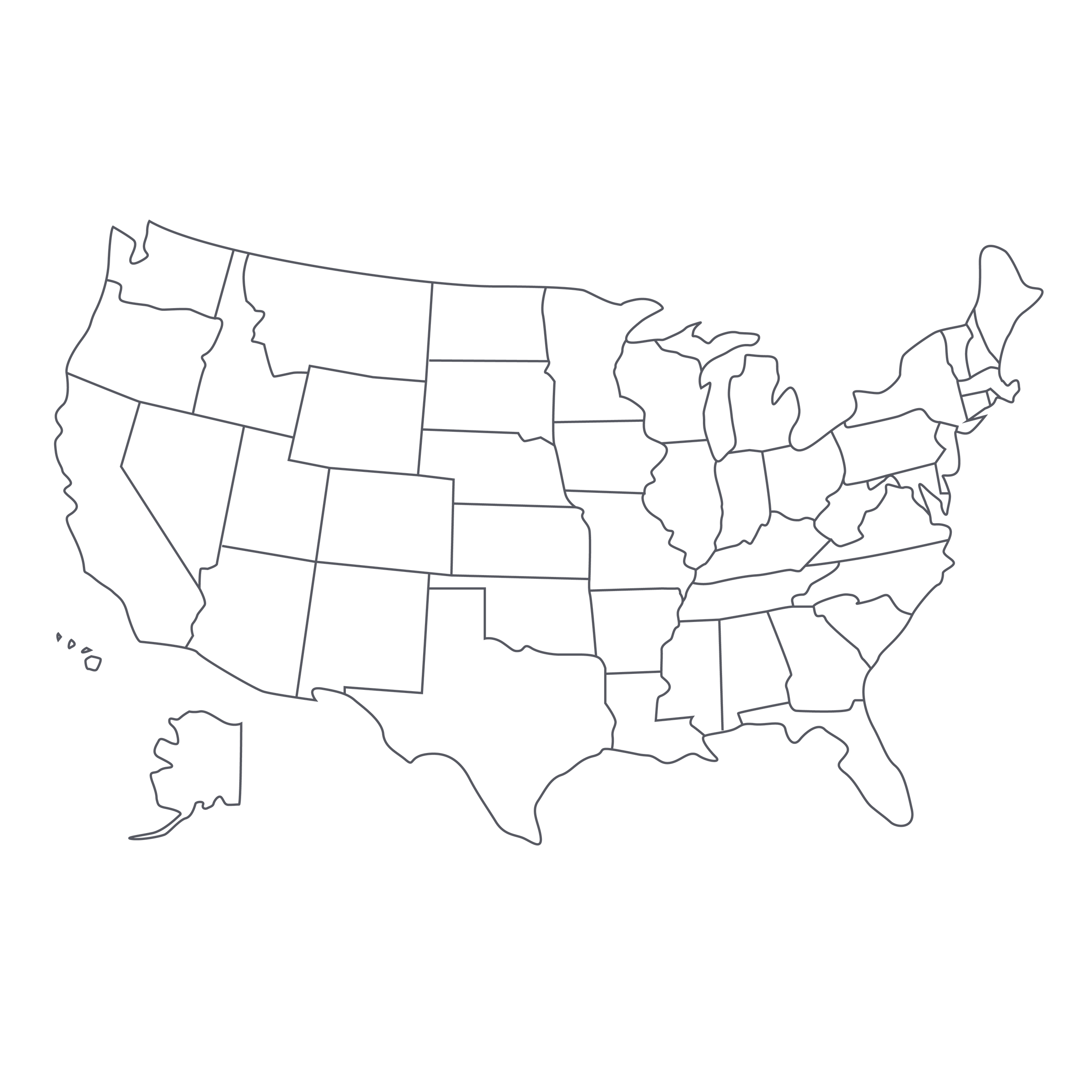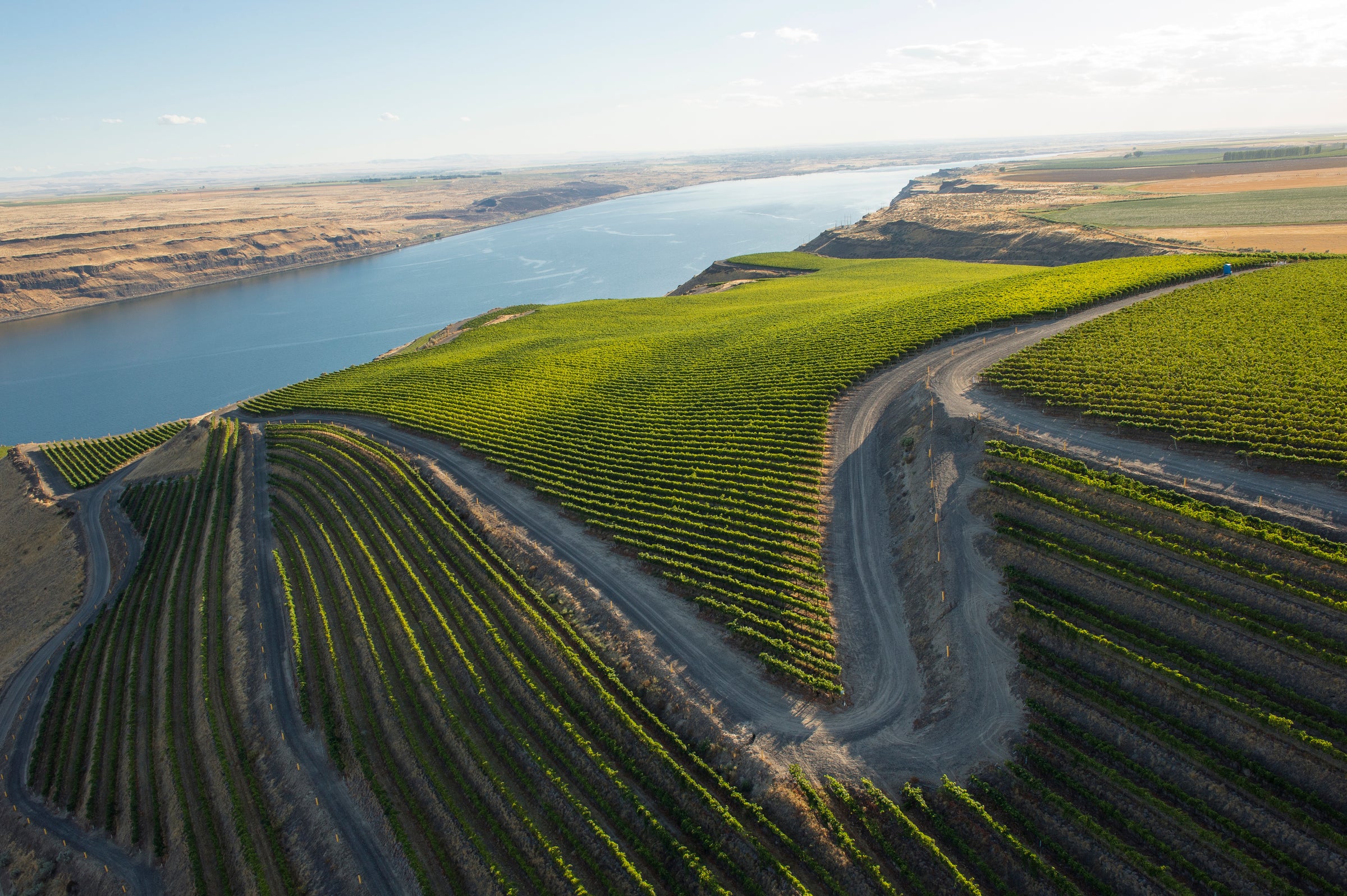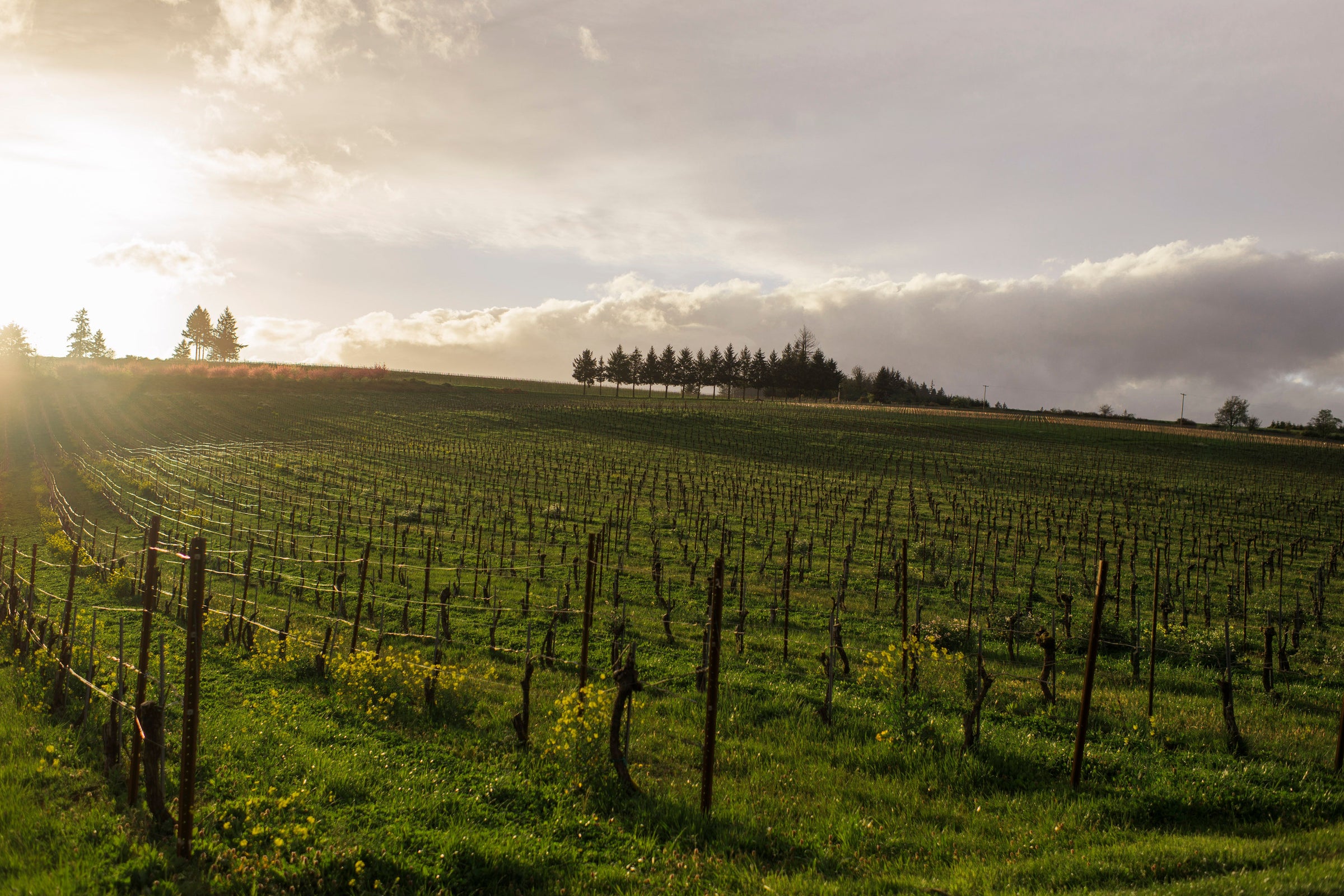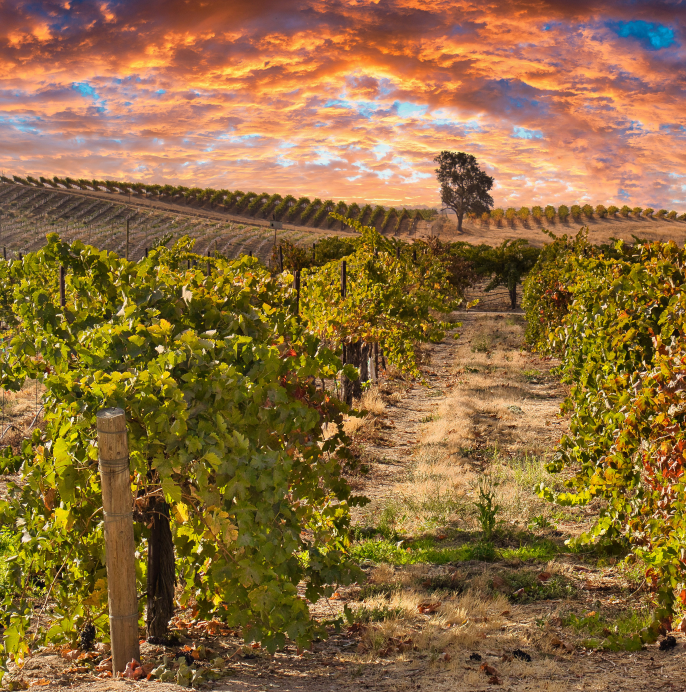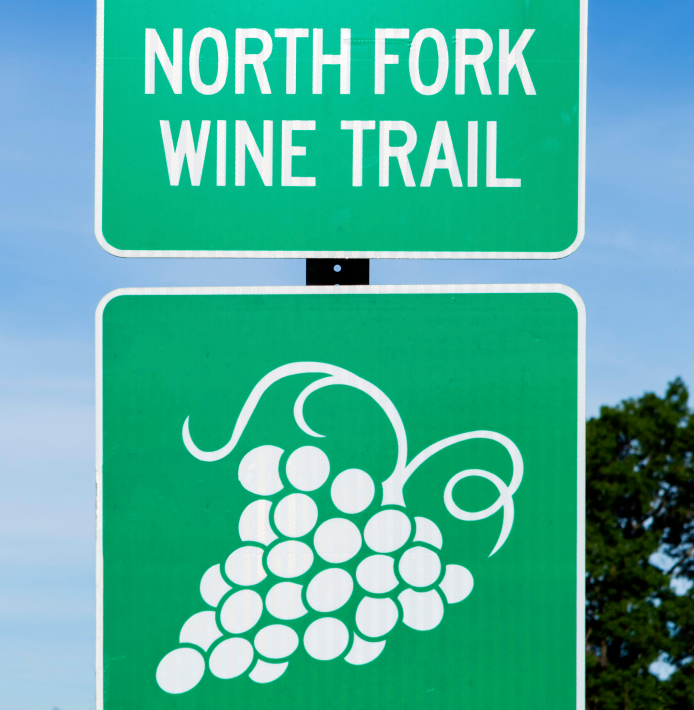Perhaps there is nothing more blatantly obvious than my affinity for Village-level and Premier Cru Burgundy. Truly, it knows no bounds, but times are changing and the artisanal wine scene is soaring well beyond France’s confines: Sure, I won’t turn down a high-quality 2017 Burgundy, but place Joseph Jewell’s “Alderpoint Vineyard” beside it and the latter will be emptied first. If you think that’s fabrication, I urge you to put it to the test next to tried-and-true French names—the only regret you’ll have is the speed at which you consumed it. Having just returned from Humboldt, I’ve been completely reenergized and am fully ready to put Joseph Jewell right up there with (and in many cases, past) $50+ competition from Sonoma, Santa Barbara, and yes, Burgundy, too.
Make no mistake: A secret wine scene is buzzing throughout the vast expanse of Humboldt’s towering Redwoods and stretching pastures, and it’s poised to make major noise. With 1,000+ farmsteads claiming stake to the county’s 2.3 million acres of land, and a quiet charm and cool climate akin to Burgundy, you’d think this would be a wine epicenter. But, in reality, just ~150 acres are planted to wine grapes. Accordingly, every row is scrapped for—albeit on an infinitely smaller scale than Burgundy—and today’s “Alderpoint” is the finest example. Coming in at just two acres, Joseph Jewell managed to scrape together three barrels of Pinot Noir, and with its luxurious textures and high-toned aromatics, there’s no quiver in my voice when I say this could and should be the next big thing.
By way of introduction, Joseph Jewell isn’t one person, but two: Micah Joseph Wirth and Adrian Jewell Manspeaker. Not only do they have great names, they are great guys who’ve found a couple of magical vineyards to work with amid the redwood groves of Humboldt. The Alderpoint Vineyard sits at about 500 feet elevation at a bend in the Eel River, its soils a mix of alluvial gravel/sand and volcanic material. Humboldt-born Adrian first discovered the site in 2013, and was both shocked and heartened to learn that it was not only well-established (it was planted in 1992) but well cared for by Rey Sanchez, a professional vineyard manager from Sonoma County who trekked out to the site every weekend.
It should be noted that this is not an easy site to get to, even in a truck. It’s a narrow, crumbling, stomach-churning drive, and the reward for your efforts isn’t grandiose or visually stimulating: The payoff is a simple, two-acre vineyard buried in the wilderness. But for wine fiends, it’s worth it. It’s got all the markers of a prime California Pinot Noir vineyard: access to cool Pacific air/fog via the Eel River; well-drained, mineral-rich soils; dramatic diurnal temperature swings; and a later, cooler harvest season than many celebrated Pinot regions further south.
Joseph Jewell’s small team harvested these quarter-century-old vines (on their original rootstock) by hand at impressively ripe levels for the region. The grapes fermented on their native yeasts for two weeks with three daily punch-downs and the wine aged in three French barrels, one brand new, for 11 months. After blending, it was bottled without fining or filtration.
Joseph Jewell’s 2017 “Alderpoint Vineyard “Pinot Noir has the depth and concentration of Russian River Valley, the nerve of Sonoma Coast, and the harmonious mouthfeel of decadent Chambolle Musigny. The nose erupts with rich soil character and an outpouring of juicy perfume: raspberry, red plum, wild strawberry, black cherry, tea leaf, orange peel, licorice, underbrush, fresh soil, baking spice, whole clove, river stones. After a 15-minute decant and serving into large Burgundy stems, the wine is perfectly accessible and an absolute beauty to savor. It delivers wave after wave of intense red/black fruit character that falls seamlessly in line with an undercurrent of crushed minerals and spice. It’s medium-plus bodied, luxuriously textured, and undeniably elegant. Given where the wine hails from, I’m in the mood for some salmon (or maybe some Mt. Lassen trout, a California delicacy from a little farther inland). I like the sound of the rub—and the smoky, woody influence—of cedar-plank salmon. Note: Micah and Adrian always recommend leaving some wine for the second day for additional aromatics and overall generosity. Cheers!


